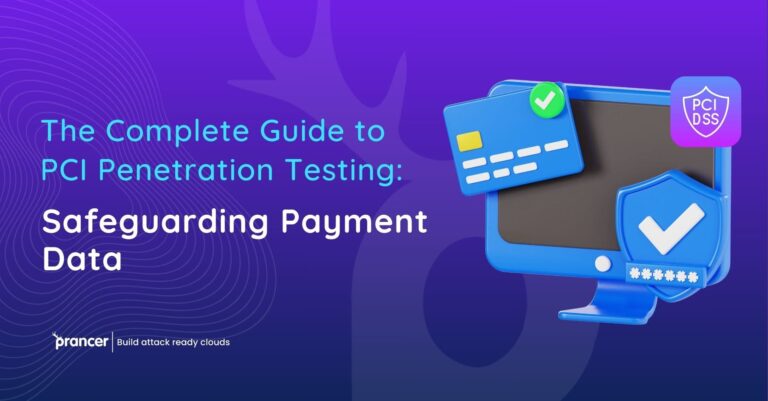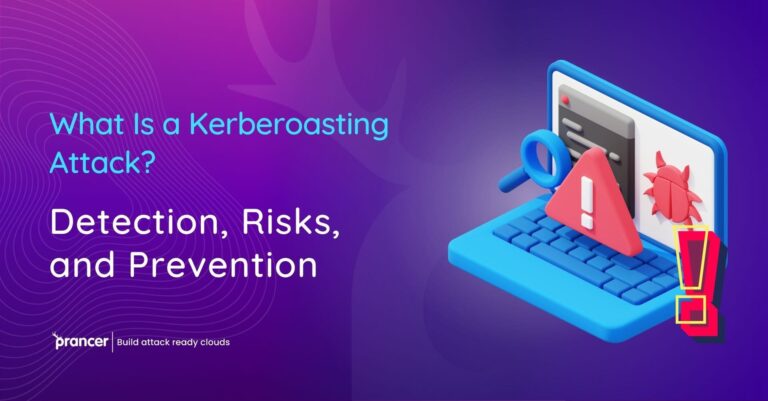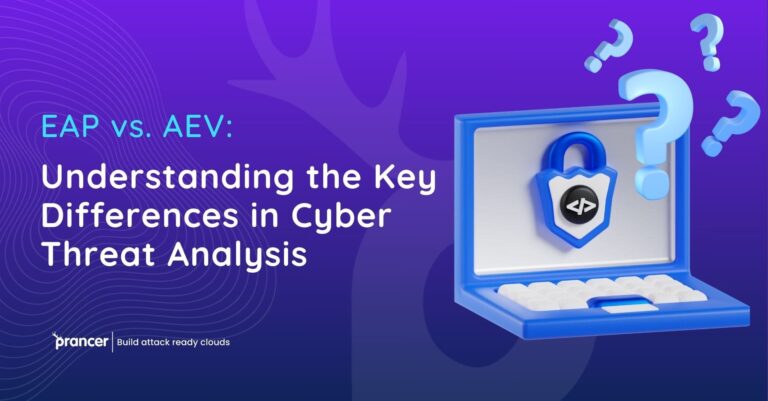Payment organizations handling credit card data must perform PCI Penetration Testing since it represents their mandatory security requirement in the current digital payment system. The advanced simulation procedures of PCI Testing reveal payment system weak points to protect against criminal exploits. The stri Penetration ct guidelines defined by the Payment Card Industry Security Standards Council govern PCI DSS Penetration Testing which provides complete examination of all systems dealing with payment processing.
The increasing sophistication of payment breaches requires skilled ethical hackers who perform manual tests to support automated penetration testing tools in meeting PCI DSS requirements. The implementation of appropriate PCI Penetration Testing at Prancer demonstrates that it makes the distinction between successful compliance and massive data loss events. The following guide outlines all essential information needed by security professionals for building effective PCI DSS Penetration Testing programs which meet requirements and generate real security value.
Understanding PCI Penetration Testing Requirements
The Regulatory Framework Behind PCI Testing
The PCI DSS Standard requires security professionals to conduct two different tests known as PCI Penetration Testing.
- Annual external testing of CDE (Cardholder Data Environment) perimeter systems
- Internal network testing after any significant infrastructure changes
Professionals working within security fields need to execute these tests according to the PCI SSC Penetration Testing Guidance document. Active exploitation attempts form an essential part of PCI DSS Penetration Testing since they confirm security control validity.
Scope Considerations for PCI Testing
The problem with PCI Penetration Testing consists mainly in establishing proper scope boundaries. The assessment must include:
- All systems in the CDE
- All essential connected systems that do not conduct payment processing fall under PCI testing scope.
- Network segmentation controls
- Every payment channel operating through web, mobile and POINT OF SALE (POS) systems.
Prancer’s cloud security platform enables organizations to keep accurate inventories of CDE systems which helps in defining proper PCI DSS Penetration Testing scoping areas.
The PCI Penetration Testing Methodology
Phase 1: Planning and Reconnaissance
PCI Penetration Testing execution requires that the testing team performs two tasks before starting any tests:
- Write down the finalized rules and engagement parameters for the project
- The testing team needs to obtain information regarding the environment which serves as their target.
- The CDE needs full exposure of its entire entry points into the system.
Phase 2: Vulnerability Analysis
Penetration testers execute their tests by utilizing both automated penetration testing systems together with manual inspection approaches.
- Scan for known vulnerabilities
- Analyze system configurations
- Identify potential attack vectors
Phase 2: Vulnerability Analysis
Penetration testers execute their tests by utilizing both automated penetration testing systems together with manual inspection approaches.
- Scan for known vulnerabilities
- Analyze system configurations
- Identify potential attack vectors
Phase 3: Exploitation
PCI DSS Penetration Testing sets itself apart from vulnerability assessments during this step. Testers attempt to:
- Gain unauthorized access
- Escalate privileges
- Move laterally through the CDE
Phase 4: Post-Exploitation Analysis
After successful breaches, testers:
- Testers must identify the available data access points.
- Identify security control failures
- Document persistence opportunities
Phase 5: Reporting and Remediation
The last PCI Penetration Testing report requires inclusion of specific elements:
- Executive summary
- Technical findings with risk ratings
- Evidence of exploitation
- Clear remediation guidance
Common Gaps in PCI Testing Programs
Mistake #1: Treating It as a Checkbox Exercise
Businesses conduct PCI DSS Penetration Testing as a mandatory step for auditors instead of using it to enhance their security posture. This leads to:
- Limited scope definitions
- Surface-level testing
- Ignoring business logic flaws
Mistake #2: Over-Reliance on Automation
Automated penetration tools should be used properly but PCI requirements need professionals to conduct manual testing for required security results.
- Chain multiple vulnerabilities together
- Exploit business process weaknesses
- Test custom applications effectively
Mistake #3: Poor Remediation Tracking
Only the discovery of vulnerabilities represents half of the complete challenge. An effective PCI Penetration Testing program demands the following components:
- Formal vulnerability management processes
- Clear ownership for remediation
- Validation testing after fixes
Advanced PCI Testing Techniques
Testing Network Segmentation Controls
A proper PCI DSS Penetration Testing protocol must confirm that network segmentation practices function correctly as the reduced scope helps to secure PCI systems.
- CDE systems are properly isolated
- Segmentation controls can’t be bypassed
- No unintended trust relationships exist
Special attention must be paid to payment applications throughout PCI Penetration Testing procedures.
- Input validation testing
- Session management reviews
- API security assessments
The evaluation of comprehensive PCI DSS Penetration Testing includes the following aspects although they are not mandatory.
- Phishing susceptibility
- Physical security controls
- Employee security awareness
Application testing under PCI compliance can be partially automated.
A subset of PCI penetration testing operations work best when executed with automated penetration tools.
- Initial vulnerability scanning
- Configuration baseline checks
- Regression testing after changes
PCI compliance demands human testers to perform assessments of these three categories:
- Exploit chaining
- Business logic flaws
- Advanced persistent threat simulations
The PCI DSS Penetration Testing approach by Prancer uses automation to enhance efficiency while remaining effective through human penetration expertise.
Stay one step ahead—learn how to protect your systems with Prancer!
Building a Sustainable PCI Testing Program
Moving Beyond Annual Compliance
Leading organizations understand that PCI Penetration Testing should not operate as a single annual activity but follows these steps:
- Integrate testing into the SDLC
- Perform continuous security validation
- Organizations should use threat modeling to establish which tests need to be performed first.
Internal PCI DSS Penetration Testing requires proper maintenance through these aspects:
- Certified security professionals (GPEN, OSCP, etc.)
- Regular skills development
- Access to commercial testing tools
Every organization that maintains its own PCI DSS testing capabilities obtains additional value from:
- Independent third-party assessments
- Specialized payment security consultants
- Organizations need professionals who specialize in protecting cloud systems with modern architectural requirements.
Elevated PCI Security Posture represents the final outcome of this discussion
The purpose of effective PCI Penetration Testing exceeds mere compliance verification because it protects payment data from rising security threats. Organizations meet regulatory requirements and gain significant security benefits through their PCI DSS Penetration Testing programs based on automated testing and human-operated programs.
Payment security remains a continuous path that organizations should follow instead of considering it as a final endpoint. Regular PCI Penetration Testing executed with proper scoping produces necessary visibility for organizations to repeatedly improve their payment systems defenses against upcoming security threats.




